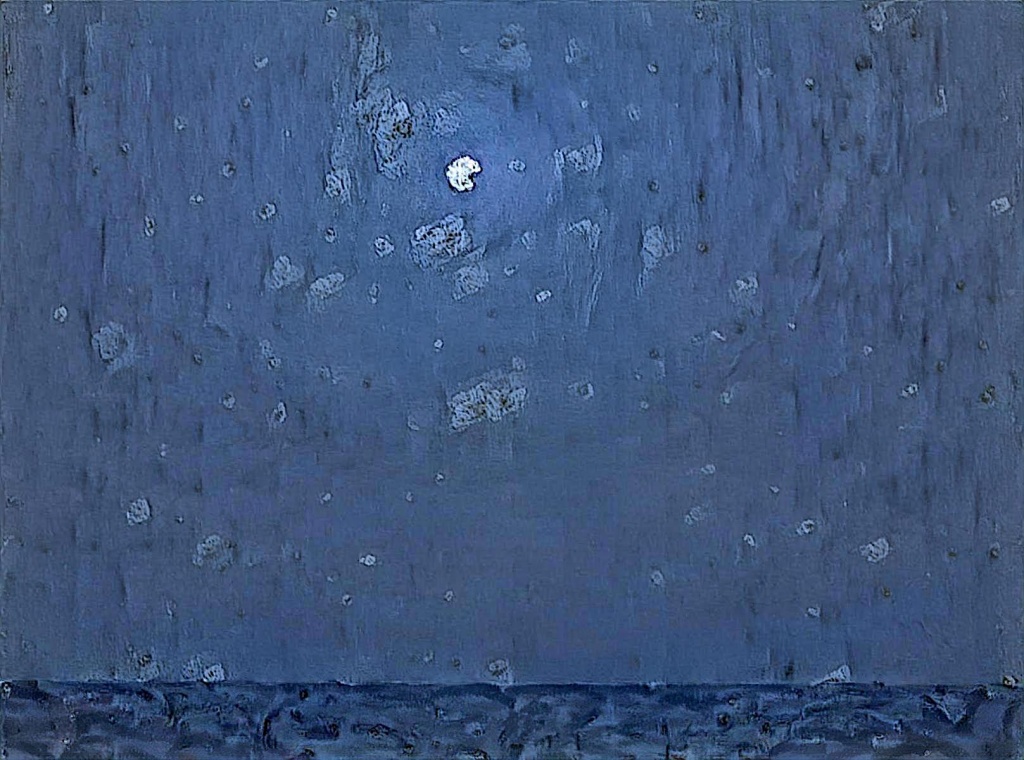If Van Gogh lived on Mars
Brush strokes quivering with fever and emotion… Points of yellow light that barely breathe in the dark blue of the sky… The line of the horizon is imperceptibly drawn… Vincent Van Gogh has just put down his brush, still looking doubtfully at his Starry Night. But, not on the Earth. He’s on Mars.
What would the painter have seen if he had been on the Red Planet? What feeling would it inspire in him? These are the questions that George Cann, a PhD candidate at University College London and co-founder of Oxia Palus, an AI art-startup, has tried to answer with his work presented at EPSC2020.
In his work, George applies a new technique in machine learning, called style transfer, to emulate what the Dutch painter might have painted had the artist visited Mars.
“I think living with art that you can relate to is important, but for planetary scientists that’s tricky. Not many artists have gone into space and even fewer have gone to Mars,” says George. “Our aim is thus to try to explore a possible way, making people excited about the future and highlighting the incredible achievements of the planetary science community in exploring Mars”.
And the results are amazing, as demonstrated by the piece “A Martian eclipse, Phobos transits the Sun at sunset” representing the famous image captured by NASA Mars Exploration Rover Opportunity in a style that seems to keep the spirit of Van Gogh’s masterpieces intact.
Will these AI art techniques replace artists in the future? George doesn’t think they will anytime soon: “They’re tools that act as an extension of an artist. They’re certainly not perfect in replicating artistic style.”
For more information about the work, you can have a look at George’s talk, Transfer of style from an ensemble of van Gogh paintings to Martian landscape imagery via deep convolutional neural networks, during the EPSC2020 session ODAA4 on Thursday 1st October, or download all of the featured work at: https://www.oxia-palus.com/.


On the left: “A Martian eclipse, Phobos transits the Sun at sunset”, created using style transfer starting from the famous photo of the Martian sunset captured by NASA Mars Exploration Rover Opportunity (on the right).
Adriana Postiglione, EPSC 2020 Press Officer

